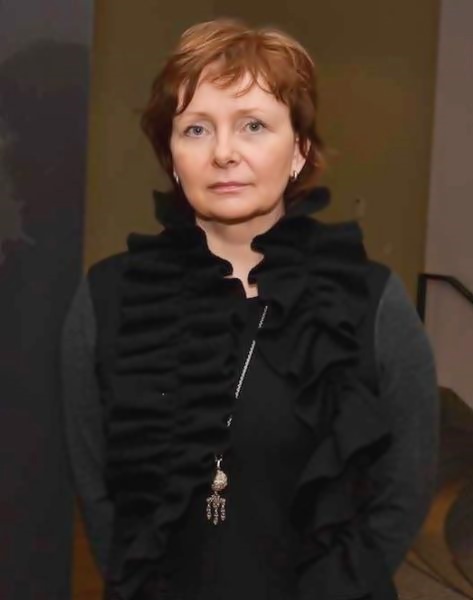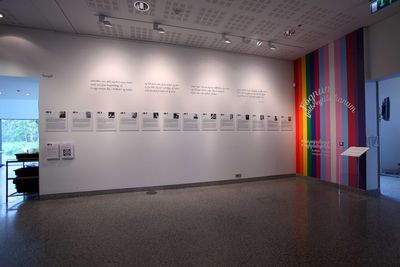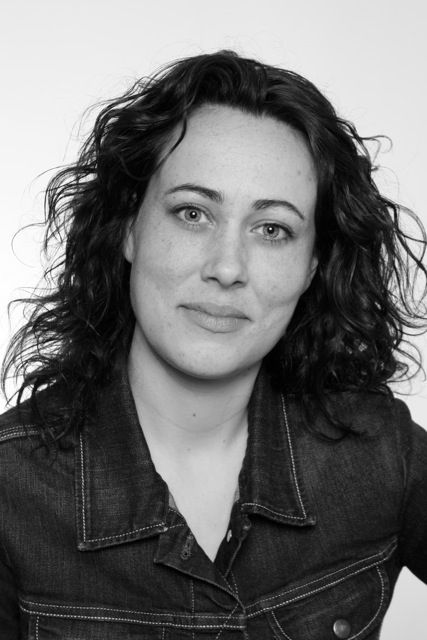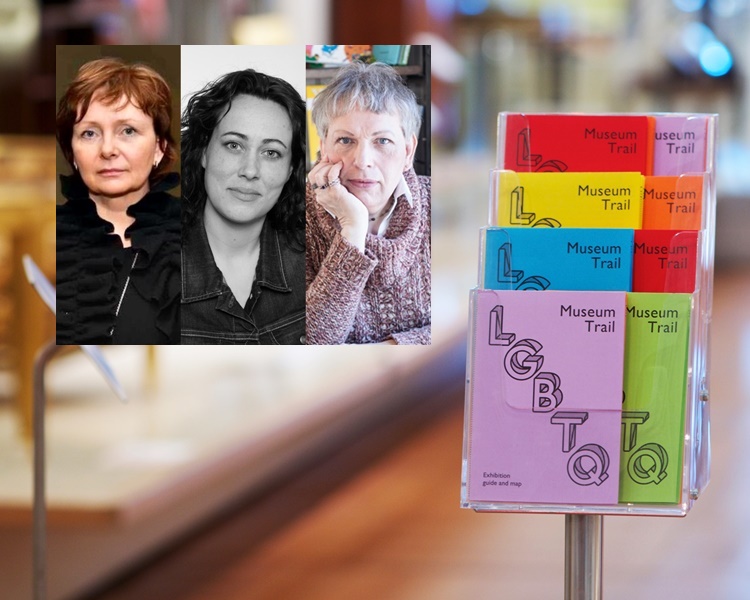In an interview with GayIceland, Dr. Magnus Gestsson, a lecturer at the University of Iceland, criticizes Icelandic museums for shunning queer history. Margrét Hallgrímsdóttir, Director General of The National Museum, and Kristín Dagmar Jóhannesdóttir, chair of the board of ICOM Iceland, reject the allegations. They say it’s a misunderstanding that the museums don’t cover queer issues. However, it’s up to them how they do it.

“The National Museum of Iceland (Þjóðminjasafn) puts great emphasis on casting a light on all aspects of society, including queer people. It is not correct that the museum doesn’t cover queer issues in its collection. It is part of its official agenda to include these issues and that’s been apparent in its events and exhibitions in recent years,” says Margrét Hallgrímsdóttir, Director General of The National Museum of Iceland.
“An example of this was the popular “I can’t bear to flee the fight – Queer people in text and pictures” (Ég fæ ekki af mér að flýja af hólmi – Hinsegin fólk í máli og myndum), a special exhibition covering queer issues which was a part of the 150th anniversary of the museum in 2013,” she points out. “The exhibition was on from August 8th to November 25th as a part of Reykjavík Pride and was put together in collaboration with the festival and the national queer organisation Samtökin ’78.”
In relation to the exhibition, the cultural studies department of the National Museum of Iceland researched and gathered information about homosexuality in Iceland. By sending out a questionnaire nationwide to gather information, the museum hoped to rectify the lack of information that had been gathered before about the lives of queer people in Iceland. According to Margrét further research into the field is still necessary though.
“This is the case with more parts of society, such as disability groups and other minorities,” Margrét explains. “The National Museum of Iceland has encouraged conversation and research regarding this. The museum’s core collection is currently under review and we are putting emphasis on these aspects, making sure we make our sources available as well as enlarging our database. The information gathered in our national questionnaire previously mentioned will play a key part in this.”
“Collaborating with representatives of queer people would be a great asset as well as receiving donations of items people wish to be included in the collection.“
Asked if there are no grounds for Dr. Magnus‘s criticism Margrét says: “Queer issues have been the focal point of the museum’s photography exhibitions, which are varied, events, talks and other cultural programming we do. In our featured exhibition Viewpoint (Sjónarhorn) in Safnahúsið at Hverfisgata our visual heritage is on display, and though our sights are not set on sexuality especially a light is shed on Icelandic society as a whole through the years and its many aspects. Its focus is wide and the variety of this artistic collection shows lives in a plethora of circumstances.”
So in your opinion the National Museum is covering what is known about the queer history in Iceland?
“The museum’s exhibitions are diverse and cover a range of topics. We seek to find means to present the many strands of Iceland’s cultural heritage. Our collection reflects the lives of the people of Iceland and we refrain from assuming the sexuality of the subjects based on the items we possess. We hope to increase and improve this collection and our sources on queer issues.

However it is the museum’s opinion that queer people are as much a part of Iceland’s cultural heritage as any other members of the nation and it belongs equally to us all. This is reflected in the rainbow flag being featured in the 20th century part of our core exhibition. This emphasis is also apparent on the museum’s social media.
But improvement should always be sought and the National Museum of Iceland wants to play its part. Collaborating with representatives of queer people would be a great asset as well as receiving donations of items people wish to be included in the collection.”
You had a special exhibition about the history of women in Iceland at the museum, why not a special exhibition about the queer history of Iceland?
„We featured an exhibition dedicated to it being 100 years in 2015 since women got the right to vote in Iceland. Specialist exhibitions are available for a limited time only. It is in the museum’s agenda to cover all ranges of society and celebrate its diversity. This includes queer people, which has been the focal point of exhibitions and events before and will be again. We would love collaborations on this were it offered.”
But why was it not mentioned in that exhibition that the former prime minister, Jóhanna Sigurðardóttir, is a lesbian?
„I assume that the exhibition curator saw it as of minor significance, but the Prime Ministers sexuality has been included in any press material and coverage of the exhibition. Sexuality is not covered especially within the exhibition but rather seen as part of the diversity the museum hopes to convey with this and any other exhibitions.”
Museums can represent minority groups as they like
Kristín Dagmar Jóhannesdóttir, chairman of ICOM, International Council of Museums, in Iceland, says that these issues are complicated and even though ICOM has laid out rules of ethics for museums to follow, it is up to each museum how they choose to represent minority groups.

“The rules of ethics are not rules about the direction each museum takes in their exhibitions,” she says.
„It‘s up to each museum to decide.
The ground rules laid out in the rules of ethics are meant to function as a standard for established museums to work by.
And one of the purpose with these rules is that the museums use them as a guideline in their work, especially if it‘s thought that the museums, or the people responsible for them have broken these rules.”
Kristín Dagmar says that each and every museum has got to answer for it‘s policy regarding queer art, but she can not agree to the notion that queer history is shunned by them.
“All the art museums in Iceland own works by queer artists and a lots of queer artists have participated in their exhibitions, even if we have yet to see a wide spanning historical overview on the cultural history of queer people in Iceland.”


